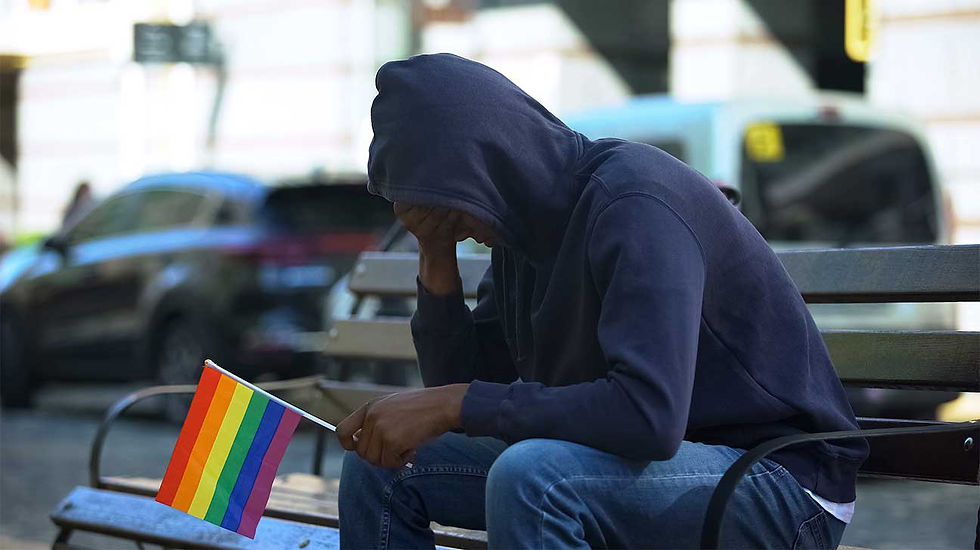Gender Trauma Cognizance
- girlupshine

- Oct 10, 2021
- 2 min read
Updated: Oct 13, 2021
"Understanding trauma through a gender lens means that the ways in which gender influences development are taken into account. In addition, larger societal forces such as sexism, as well as racism, classism, and heterosexism, impact people’s lives in unique ways"
There are various ways in which historical, social and culturally gendered trauma emerges in clinical settings.
According to Statistics, approximately one half (50 percent) of all individuals will be exposed to at least one traumatic event in their lifetime, out of which many survivors experience long lasting problems through qout their lives.
The survey conducted by World Mental Health instruments clinically validated for the study population to measure Depression, Post Traumatic Stress Disorder (PTSD), and Intermittent Explosive Disorder (IED). The study concluded that such enduring disorders and traumatic events and experiences have a greater impact on women's mental health a lot more than they impact men. Another study in 2002 showed that the probability of episodes of PTSD in women versus men who were exposed to assaultive violence was 36% versus 6%. These findings offer essential clues that create and produce gender differences in the society and how they affect mental health of people. Even the LGBTQ population experiences discrimination in a variety of areas, such as
-Workplace discrimination- They are denied jobs and career advancement
-They suffer as their unemployment rate is twice than that of the general population
-Some people are even traumatized by their faith's rejection or condemnation of homosexuality
-They are discriminated in health care settings through denials of necessary medical attention.
All such events have a huge impact on the population and lead to detrimental outcomes such as anxiety, stress, social isolation or drug misuse, etc.

"WOMEN DO WORSE THAN MEN"
The gender differences are based on the intensity of the impact, rates and responses to trauma. Women and men both, experience different kinds of trauma at varying rates. Men are more likely to experience externalizing disorders and on the other hand, women experience more of the internalizing disorders. Some of these common disorders are anxiety and depression. A more elaborate example of the same would be that women more often report sexual abuse, sexual assault and psychological distress in comparison to men, who are more likely to experience non-sexual assaults like accidents, illnesses and witnessing death or injury. In fact trauma related disorders such as PTSD (Post Traumatic Stress Disorder), which is a disorder characterised by failure to recover after experiencing or witnessing a terrifying event, is experienced more by women than men after which they require health care services.
"IT'S NOT JUST WOMEN, THOUGH"

When compared, the prevalence of traumatic events throughout one's life was slightly higher in men than in women. Even the LGBTQ students report discrimination based on different grounds. If the youth is going through such events, it is only imaginable what adults must go through on a daily basis.
~Drishya Chadha
Reference;
-LGBT National Help Center: provides peer support, community connections, and information about resources for LGBT people.
-National Coalition of Anti-Violence Programs (NCAVP) is a national network of service organizations working to aid victims of domestic violence.
-The Family Acceptance Project is a research, intervention, education, and policy initiative that works to prevent health and mental health risks for lesbian, gay, bisexual, and transgender (LGBT) children and youth.
|Source of information- American Psychiatric Association (APA)|




Comments